When Suzanne Davies first went to her GP with tiredness and headaches, they thought it might be hay fever.
Soon after, doctors told her she had less than a year to live.
She was approaching her 36th birthday, and Suzanne started feeling “really drained” at work.
Initially the mum-of-two, who recently moved from Newtonhill to Chapelton, Aberdeenshire, put it down to fatigue.
But then the “strange moments” began – suddenly leaving her unable to breathe, speak or hear.
“I was in a meeting at work and all of a sudden I lost my words completely,” she recalled.
“I just wasn’t speaking which, for me, is weird.”
At the time Suzanne was working part-time at an oil and gas firm, while also raising her children – then four and seven – with husband Owen.
“Over the weekend it got worse. I had a really bad headache and felt mixed up and tired.
“On the Saturday I felt awful and on Sunday nothing would help my head.
“I said to my mum: ‘I’m not going to work tomorrow if I feel like this’.
That Monday Suzanne visited a different GP, who asked her to read aloud an article from the newspaper.
“I just couldn’t do it,” she said.
“I was put through to the waiting room, then came back in and she said she was sending me to A&E to get checked over.”
The doctor didn’t tell Suzanne at the time, but suspected she was showing the signs of a brain tumour.
The aftermath of devastating news
A CT scan showed Suzanne, now 44, had a mass the size of a golf ball.
It was a type 4 glioblastoma – the most aggressive form of brain cancer – which doctors reckoned had been growing for around a year.
“I had the scan and they came back through and asked if everyone was here,” Suzanne recalled.
“And when somebody says that, well, you know.
“At the start everyone was getting upset, but I wasn’t. I’d been doing a lot of positivity and I thought ‘OK, I can deal with this’.
“Then I thought about the kids and started getting upset.
“But I thought ‘No, this isn’t going to get me.”
Suzanne stayed in hospital while they carried out more tests and she started work with a speech therapist.
“I kept thinking I was doing fine, it was basic stuff – that’s a cow, that’s a horse,” Suzanne said.
“And even the hard stuff wasn’t hard.
“But when she left I asked my husband if I’d got on OK. ‘No Suze, there were a lot of mistakes, but it’s OK’.”
‘I’m taking no chances’
After being sent home for a “normal” weekend, Suzanne returned to hospital.
Days later she had a six-hour craniotomy, where surgeons had to remove part of her skull to gain access to the tumour.
After the initial part of the procedure, Suzanne was awake while they operated on her brain, speaking to her speech therapist throughout.
“They said to have a think about whether I wanted to be awake and I said ‘No, I will be – I’m taking no chances.
“Once they’re into your brain there are no nerves, so I couldn’t feel anything.
“But I remember feeling pain in my head and I screwed my eyes up and she told the surgeon to stop. Whatever they were doing was affecting me.”
They were able to remove 95% of the tumour, and Suzanne then had to get chemotherapy and radiotherapy.
Just 5% of glioblastoma patients live five years beyond their diagnosis.
And doctors also broke the news that Suzanne only had 12 months to live.
But that was in April 2014.
‘They gave me a year – but I’m still here’
Every six months, she heads back to the hospital for an MRI to check her condition is still stable.
Her most recent thumbs-up was in December.
Suzanne said: “I can’t work mainly because my fatigue and my memory are shocking.
“I can remember stupid things like somebody’s birthday from school, but I won’t remember something I was told yesterday.
“The fatigue is usually bad around three or four o’clock, so I get stuff done in the morning.
“I just get on with the jobs, do the tea, all that stuff.
“It’s not easy, but I’m grateful to still be here.
“I was delighted when I turned 40, now I’m turning 45 and I’ll keep going.”
The support from her friends and family – including children Max and Lauren, who are now 16 and 13 – has also been instrumental in Suzanne’s journey.
“My family and friends get what’s normal for me and what’s not,” she said.
“And I try and have a laugh but you do have your days.
“These things happen unfortunately. I dislike it, but it’s the way it is and I can’t change it.”
Recently Suzanne has had a number of focal aware seizures – where she’s aware of them happening – leaving her with a “scary feeling” in her head and strange taste in her mouth.
Earlier this year the family moved from Newtonhill to a bungalow in Chapelton, which is also making life easier for her.
On giving back to the causes helping her…
There’s no cure for brain tumours, and Suzanne has spent a lot of time raising awareness and money for charities which could help make that major breakthrough.
They kill more children and adults under 40 than any other cancer, but research in this area only makes up around 1% of the national spend.
Last month Suzanne took on a 10,000 daily steps challenge for Brain Tumour Research, and this was just the latest in a long string of efforts.
Two years ago she fronted a campaign for Worldwide Cancer Research which netted more than £84,000 for charity.
Family and friends have organised Easter egg hunts and fundraising at schools, while her husband and friends took on a Tough Mudder challenge.
Her 40th birthday bash collected donations for Clan Cancer Support.
And earlier this month she met with MSPs at Holyrood to discuss progressing the cause even further.
Today #braintumour patients shared their experiences at @scotparl during #braintumourawareness month here @agcolehamilton listens intently to Suzanne, one of our activists pic.twitter.com/8mIsacoTSE
— Brain Tumour Research (@braintumourrsch) March 16, 2023
“We just need a cure,” Suzanne said. “Right now there’s nothing, but I just do what I can.”
She’s also credited her mindset to a best-selling book The Secret by Rhonda Byrne.
It helped her reframe her approach to life, letting her find positives and opportunities she might not have noticed before.
“If I can help people by hearing my story, it might give them a bit of hope,” she said.
“Positivity helps too. A lot of people don’t believe in that, but it’s worked for me.”
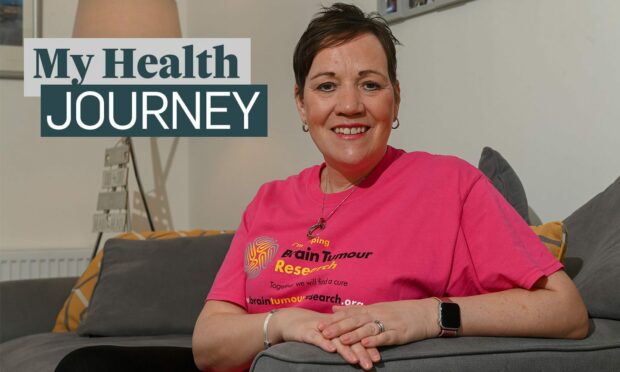
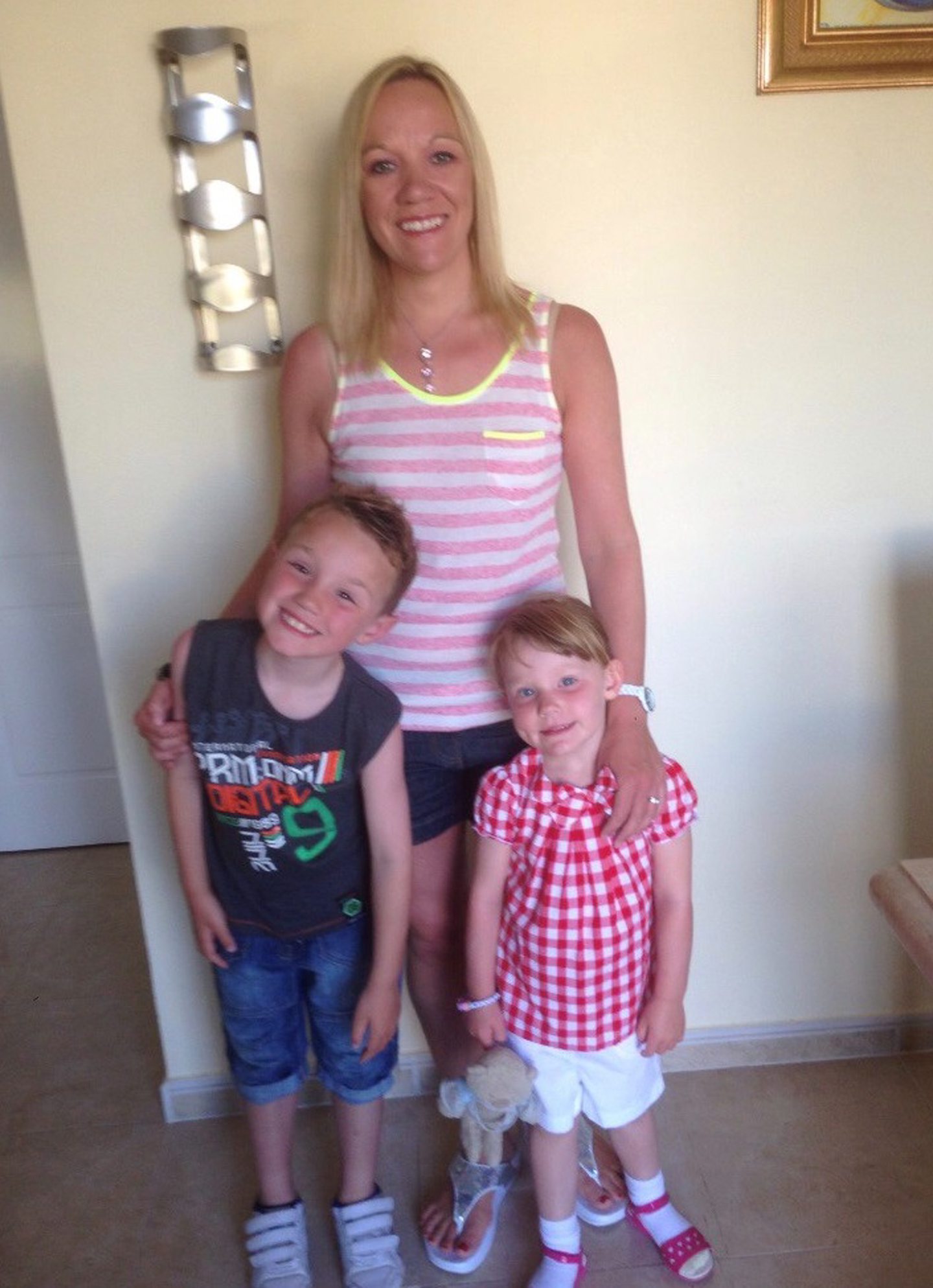
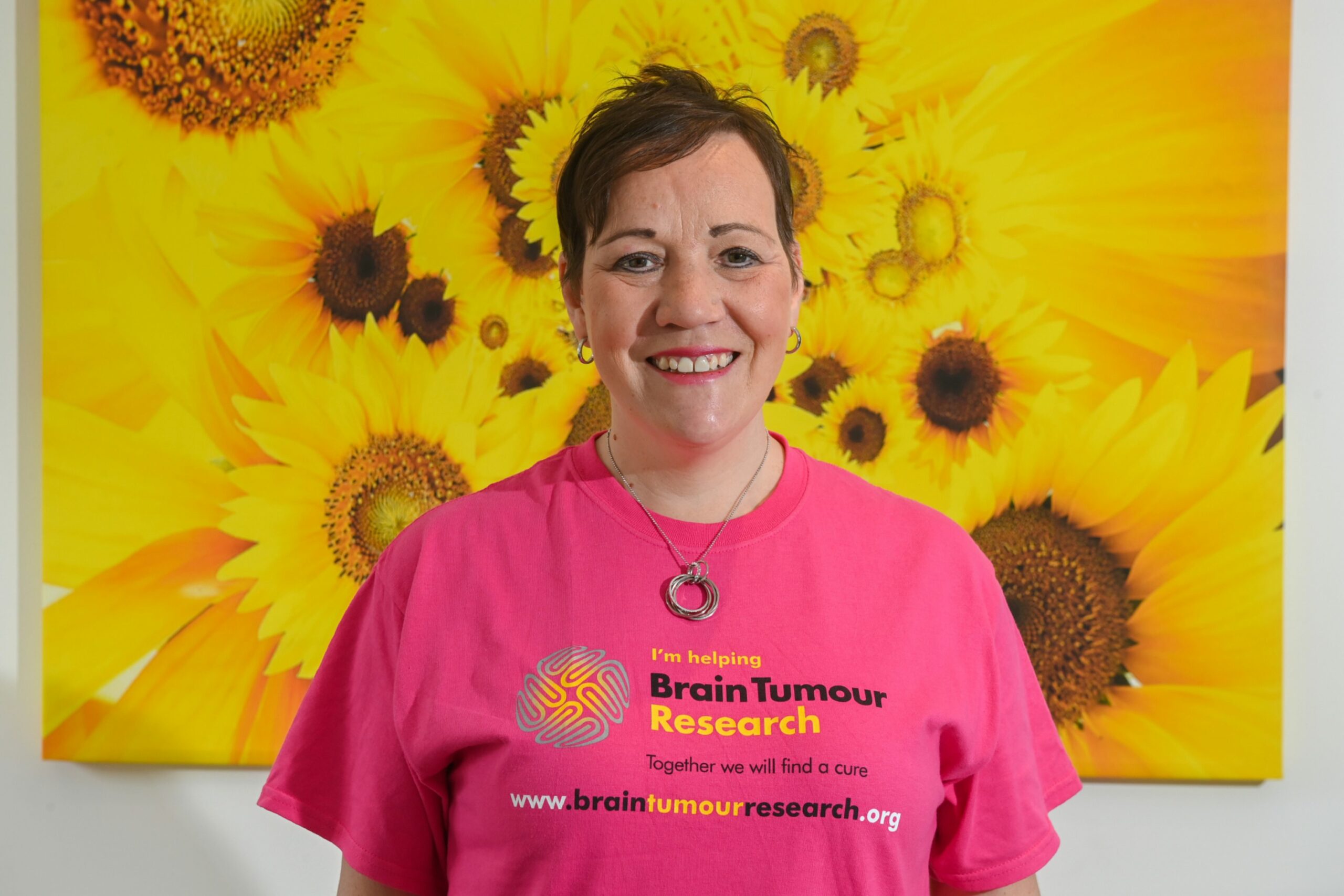
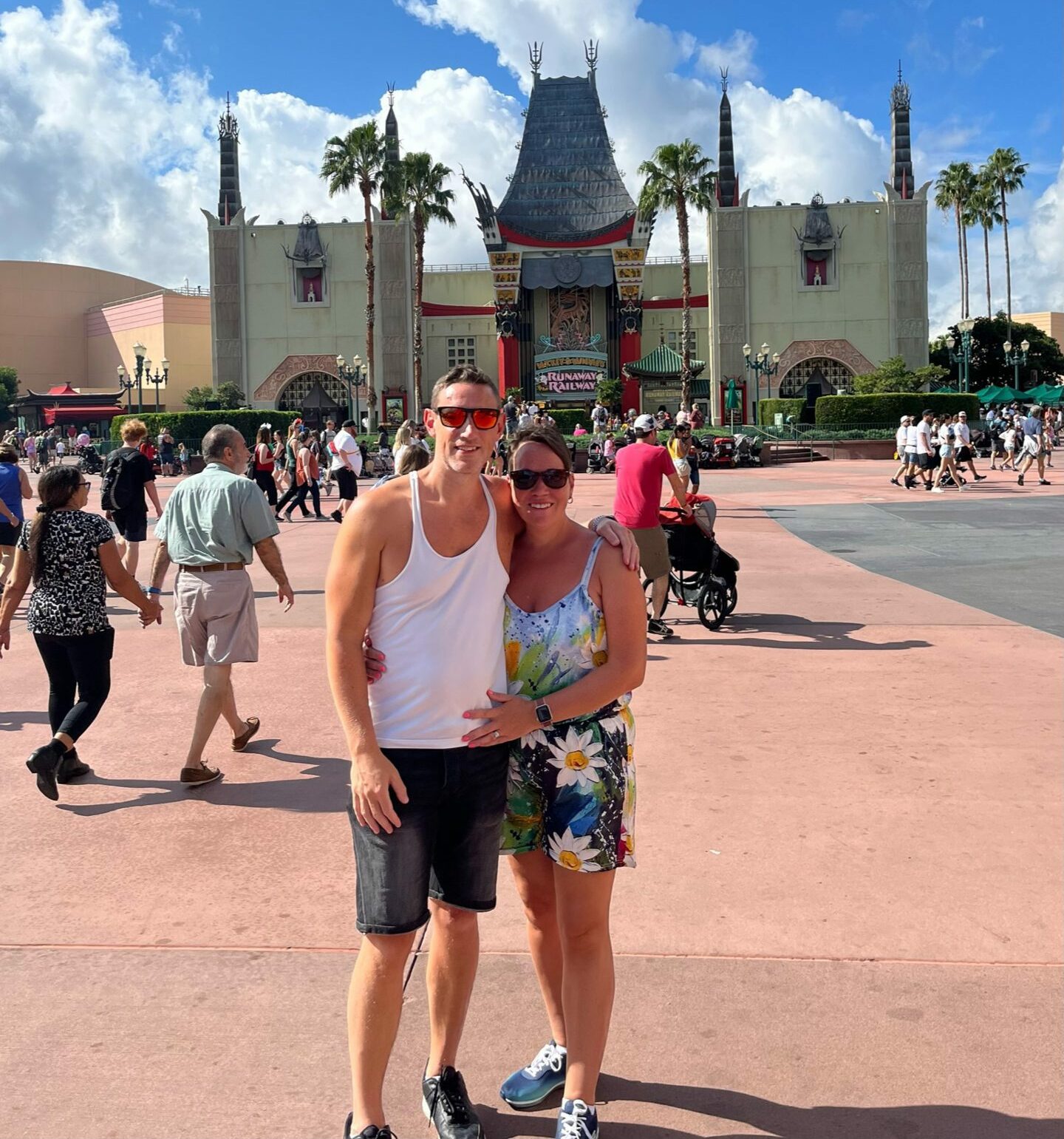
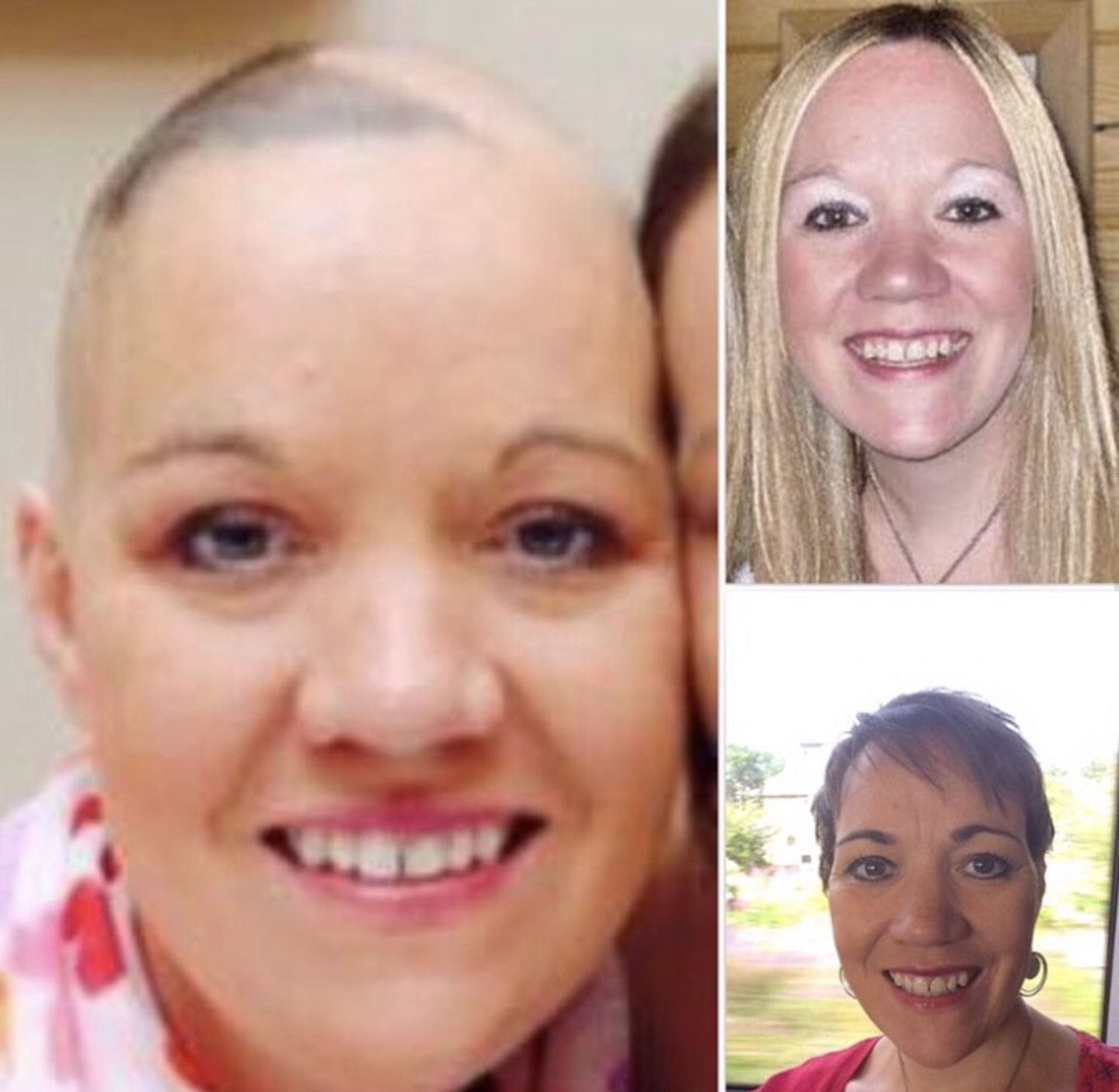
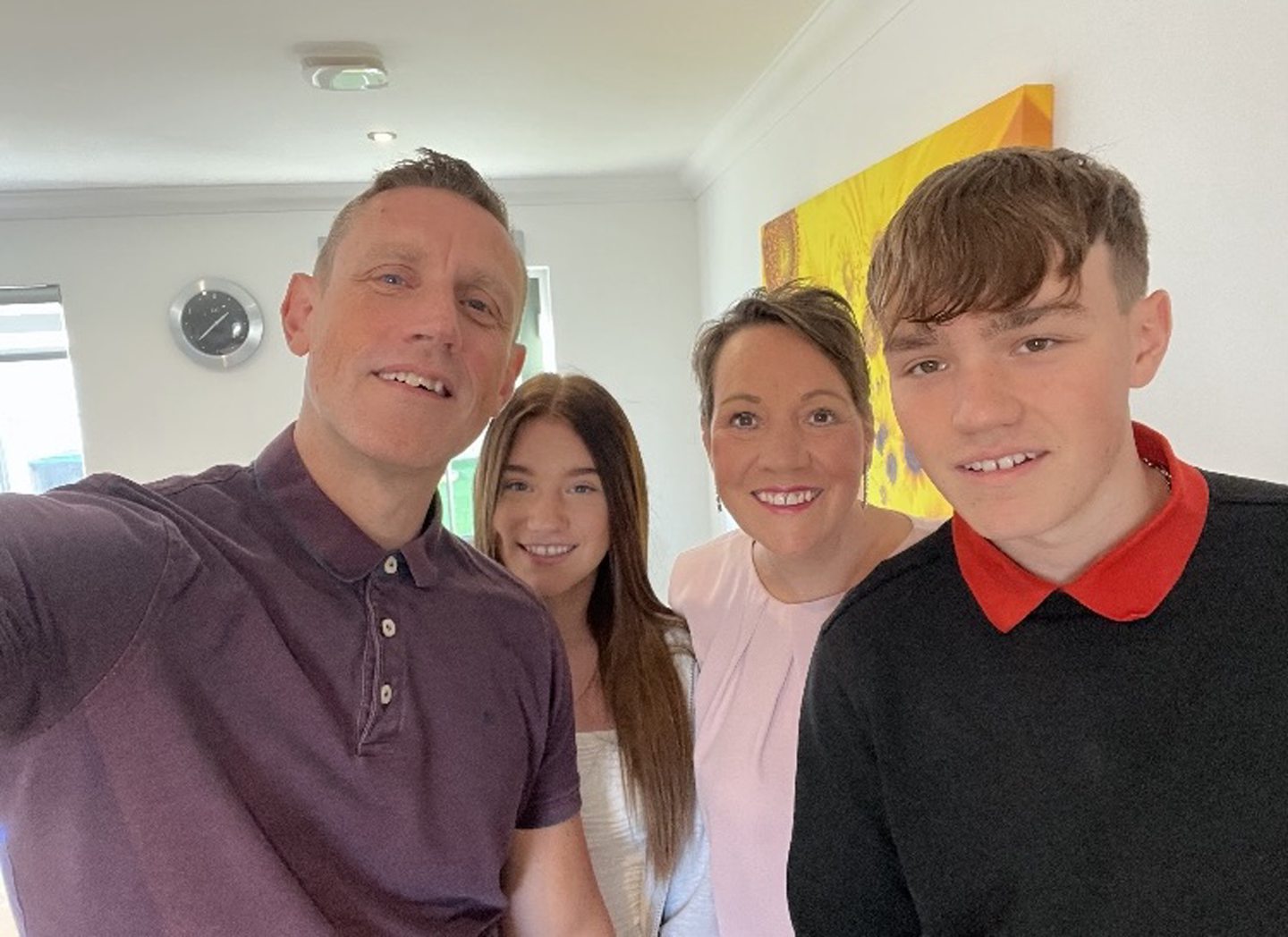
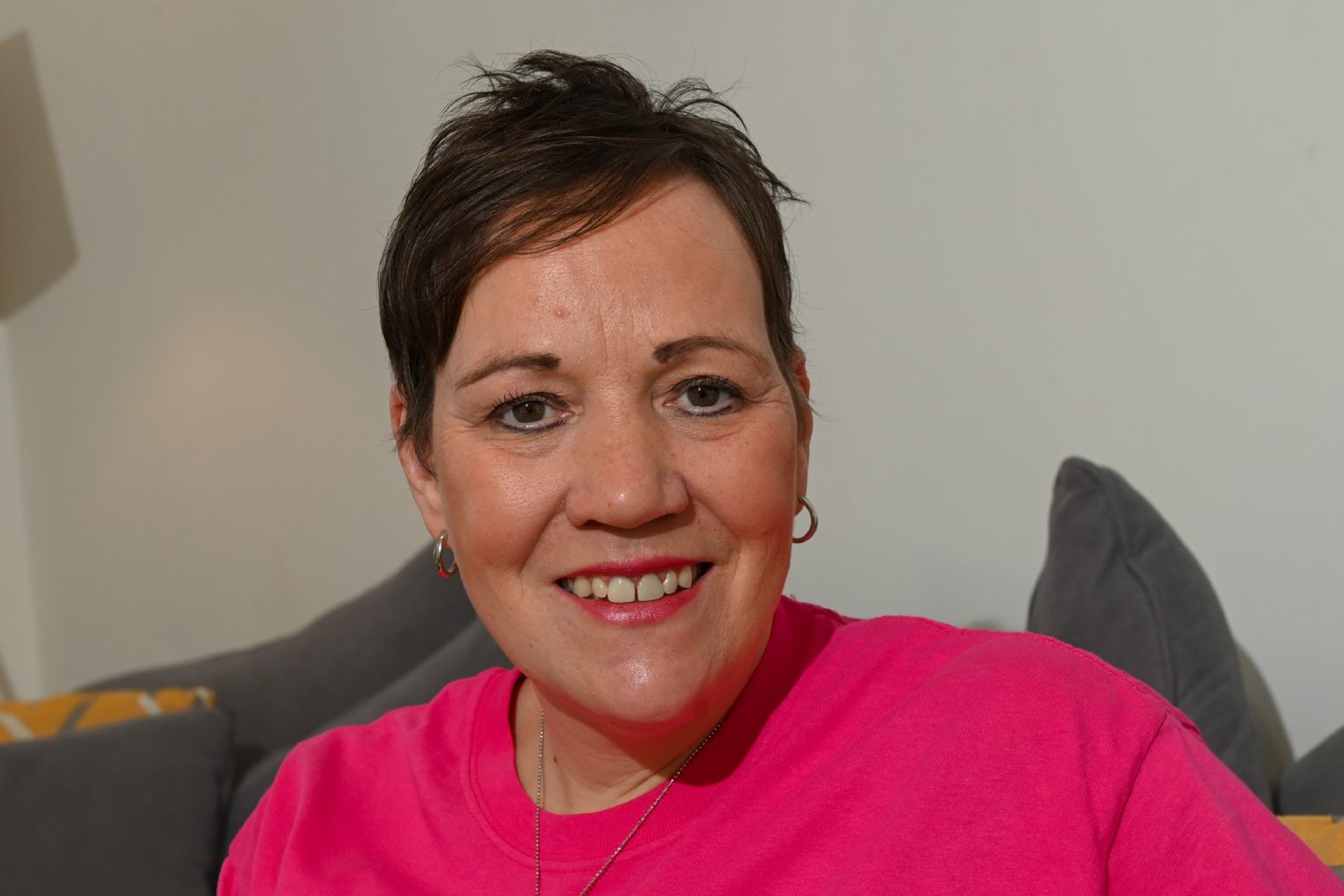
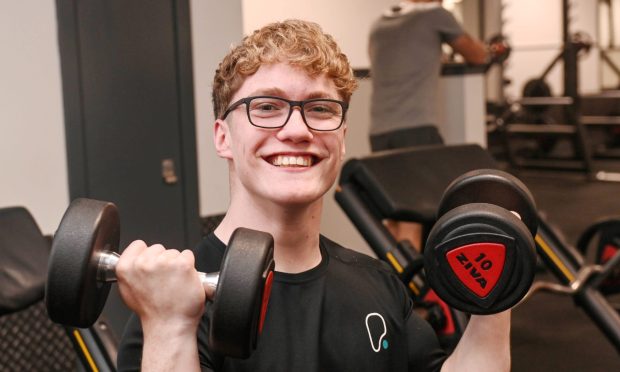
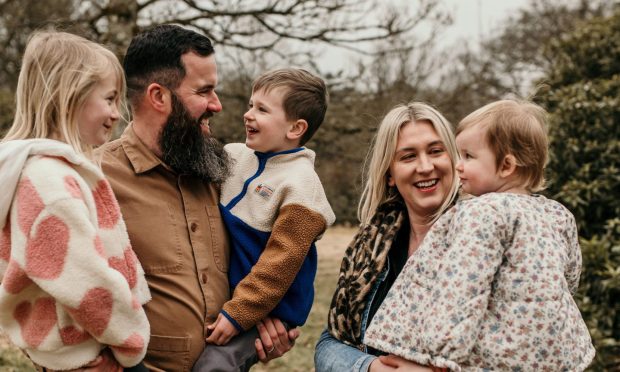
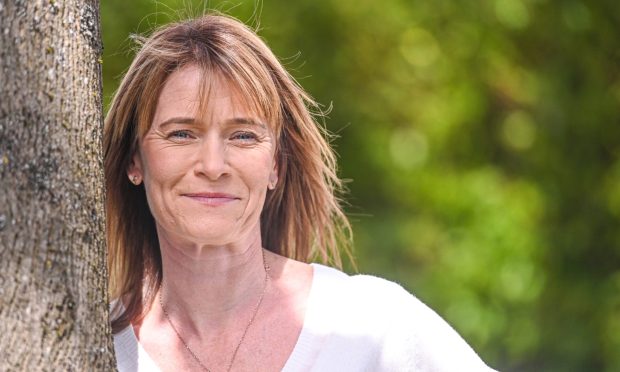
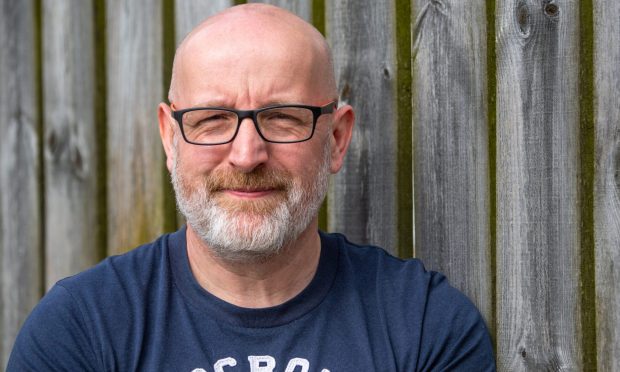
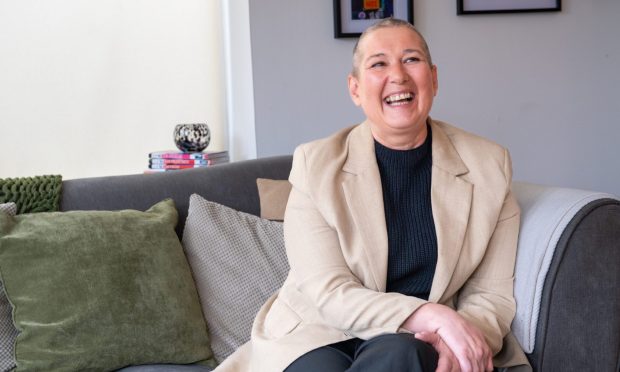
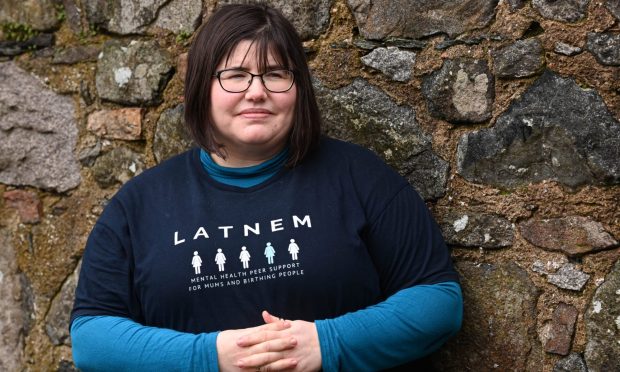
Conversation